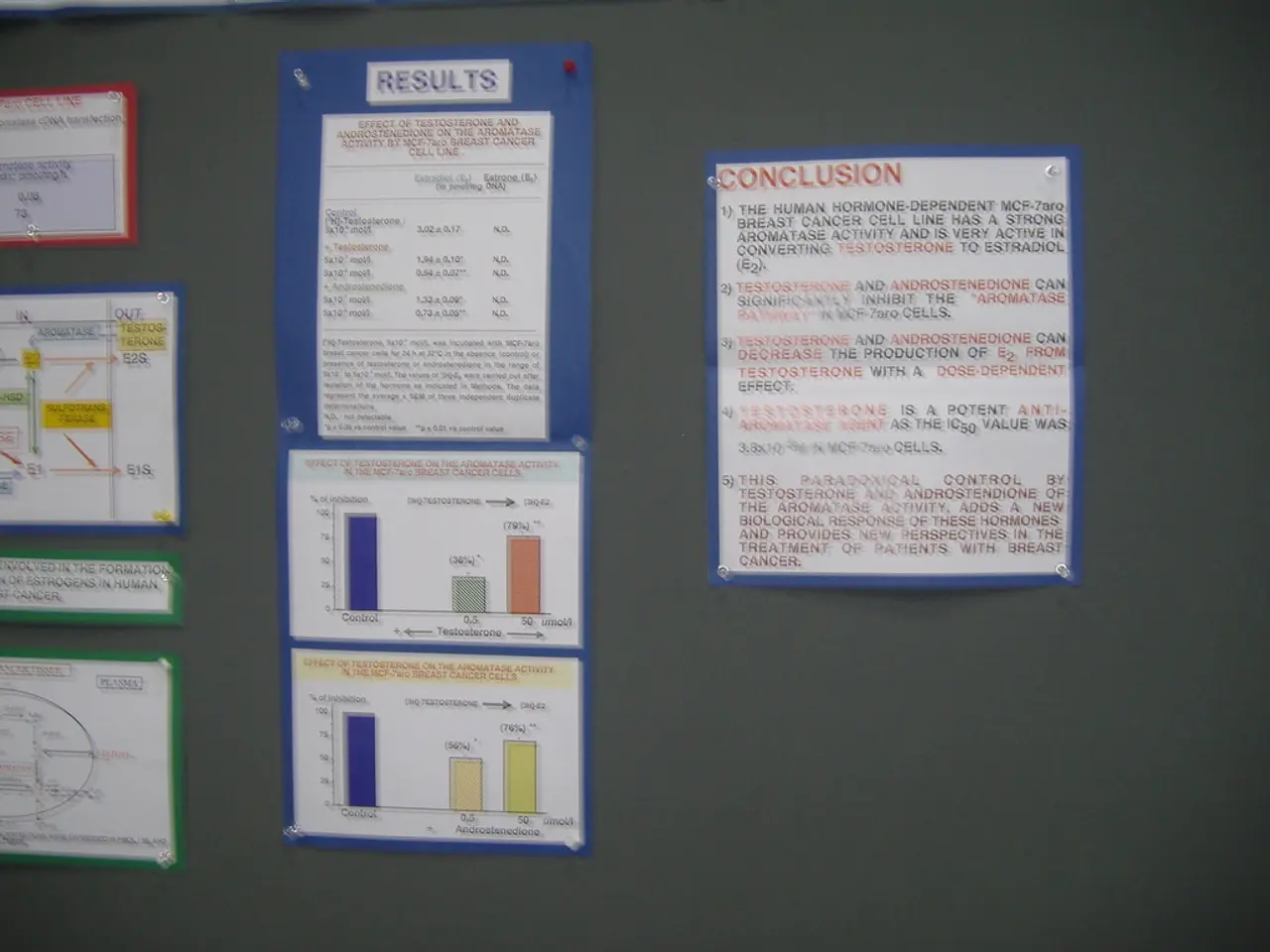World Unraveling: An Inside Look at Burnout's Global Reach
In today's fast-paced work environment, burnout has become a growing concern for both individuals and organisations. The World Health Organization (WHO) defines burnout as an "occupational phenomenon" involving three core dimensions: energy depletion or exhaustion, increased mental distance from one’s job, and reduced professional efficacy.
Recognizing the early signs of burnout is crucial, as they can include persistent fatigue, difficulty concentrating, sleep disturbances, frequent physical complaints, emotional symptoms, dreading work tasks, feelings of incompetence, and withdrawal from colleagues. These symptoms usually develop gradually, making it essential to pay attention to persistent changes in mood, energy, and behaviour.
Burnout tends to arise from a combination of workplace stressors such as excessive workloads, lack of control, unclear job expectations, inadequate support, poor communication, blurred work-life boundaries, and constant digital interruptions. These factors often coexist and compound stress levels, increasing the risk of burnout.
Effective management of burnout requires both individual and organisational approaches. Rest and recovery, boundary setting, workload and task management, social support, mindfulness and relaxation, organisational interventions, and professional help are all crucial strategies for managing burnout. Early recognition and deliberate intervention can prevent burnout from escalating to anxiety, depression, or long-term disengagement.
Despite its significance, burnout is not recognized as a medical disease by the WHO. Instead, it is classified as an "occupational phenomenon" in the International Classification of Diseases (ICD-11). This means that burnout is specifically related to chronic workplace stress that has not been managed successfully and is considered a syndrome or work-related issue rather than a standalone illness.
However, the focus should be on prioritizing mental health in the workplace, as measures to address mental health in the workplace are still needed. Structures for the care and reintegration of those affected by burnout are being created in France, and measures are being taken in Europe and North America to prevent the onset of the disease and to measure its cost to society.
In conclusion, burnout is a chronic state of physical, emotional, and mental exhaustion caused primarily by prolonged work-related stress. Recognizing early signs, addressing workplace conditions, and prioritizing self-care are key to managing it. Although the WHO does not recognize burnout as a medical disease, it is an important occupational phenomenon that requires attention and action to protect the well-being of workers.
- Europe and North America are taking measures to prioritize mental health in the workplace, aiming to prevent the onset of burnout and measure its cost to society, similar to the approach being taken in France.
- Science plays a significant role in understanding burnout, as it is classified as an "occupational phenomenon" in the International Classification of Diseases (ICD-11) by the World Health Organization (WHO), specifically related to chronic workplace stress that has not been managed successfully.
- Health-and-wellness and mental-health practices are essential for individuals working in today's fast-paced world, with effective management strategies including rest and recovery, boundary setting, mindfulness, and professional help, all aimed at addressing and preventing burnout.




